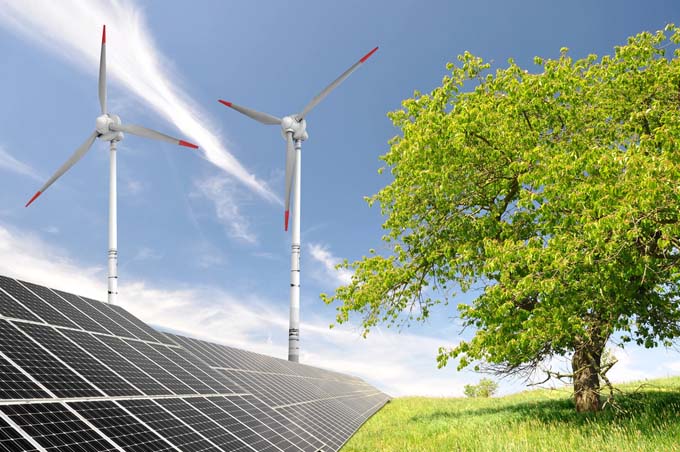Roadmap Electromobility CH: Three Proposals
Electromobility plays a central role in the decarbonization of transport. The spread of e-vehicles in Switzerland is to be increased rapidly. Various proposals are on the table for this.

At the signing of the Roadmap At the end of 2018, stakeholders set a target to increase the share of electric vehicles (pure electric cars and plug-in hybrids) in new passenger car registrations to 15% by 2022. Thanks to the commitment of all stakeholders and increased environmental awareness, the 2022 target has already been achieved: at the end of February 2021, the share of plug-in vehicles was already 15.1%.
Federal Councillor Sommaruga was impressed by these achievements and thanked the roadmap stakeholders. She pointed out that electromobility plays a central role in ensuring that Switzerland can achieve the net-zero climate target by 2050. "The success in electromobility shows: The population wants to live climate-friendly and travel clean. Together, we are making it happen." Based on the encouraging development, Federal Councillor Sommaruga encouraged the roadmap community to discuss an extension of the roadmap and more ambitious targets.
Three proposals for the new goals
The share of plug-in vehicles (pure electric cars and plug-in hybrids) in new registrations is expected to increase further: The increasingly broad model range of plug-in vehicles and falling battery and vehicle prices are helping to achieve this goal. In addition, however, there is a need for information and advisory services as well as attractive and attractively priced services related to the purchase of plug-in vehicles.
The number of public charging stations should increase more rapidly: Today, there are around 5,300 public charging stations in Switzerland. Here, it is important to implement measures to accelerate planning and construction, but also to simplify the use of charging stations and billing systems and make them more transparent.
Charge at home: The further spread of electromobility depends to a large extent on the ability to charge vehicles "at home," for example in the parking lot in front of the house or in the underground garage of the apartment building. Here, planning and practical implementation must be further accelerated.
The roadmap stakeholders will consolidate and quantify the three goals in the coming months. They will also concretize the measures necessary to achieve them, so that they can then be swiftly implemented together with the ongoing packages of measures in the roadmap.
Source: Confederation
Car environmental list
The Swiss Transport Club recently published its Car environmental lista guidebook for environmentally conscious car buying, was published. It evaluates more than 500 passenger car models with different drive systems. The assessment takes into account CO2 and noise emissions and, in the case of vehicles with internal combustion engines, air pollutants as well. The environmental damage caused by battery production is also included in the assessment of electric models.
Convert diesel bus to electric?
On March 12, 2021, the Federal Council adopted the report "Helping non-fossil modes of public transport on roads achieve a breakthrough". The report shows that greenhouse gas, air pollutant and noise emissions from public transport buses can be significantly reduced if today's diesel buses are replaced by buses with fossil-free drive technologies such as electric batteries.









